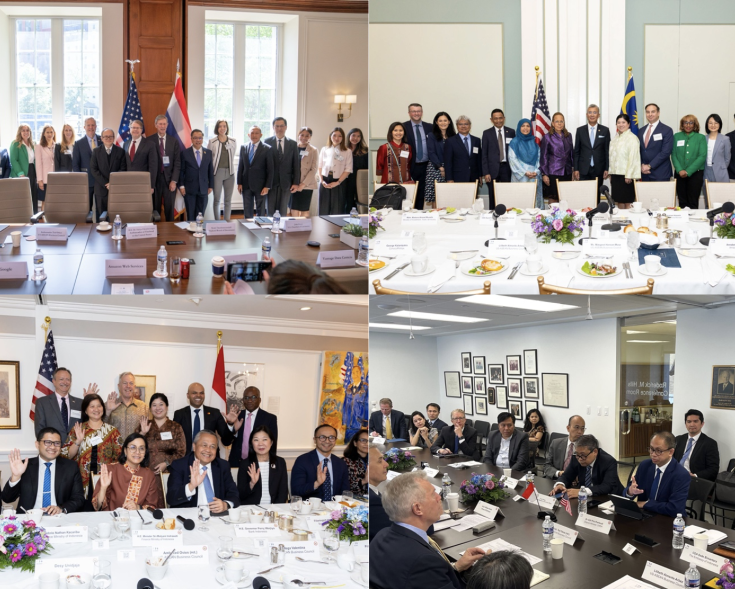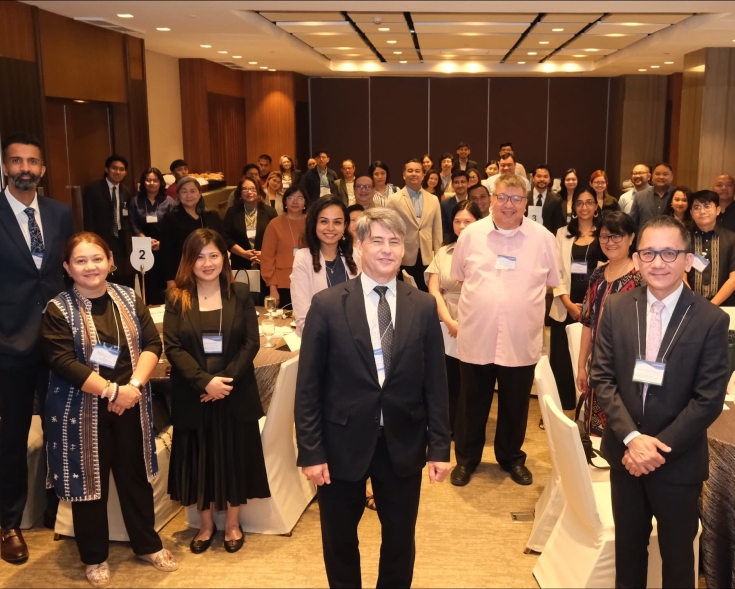Popular Searches
Date
to
Popular Searches

Roundtable with Philippines' Ambassador Jose Manuel Romualdez
As part of the Council’s commitment to fostering meaningful engagement with key ASEAN stakeholders amid shifting trade dynamics, the US-ASEAN Business Council is pleased to host a roundtable with Ambassador Jose Manuel Romualdez, the Philippines’ Ambassador to the United States. This discussion will cover the following topics: (i) outlook on U.S.-Philippines relations, (ii) domestic developments, and (iii) recent shifts in trade policy.

